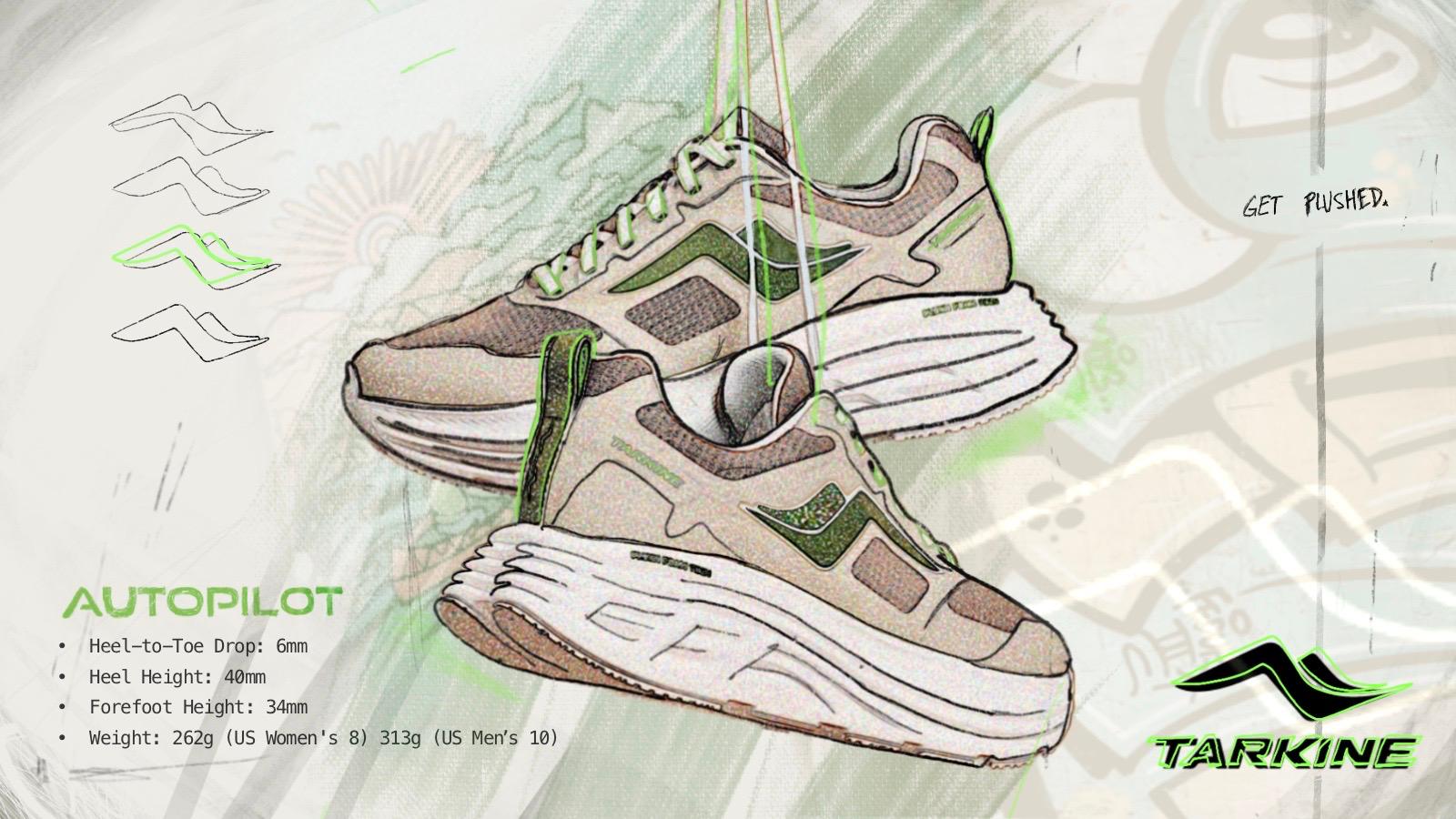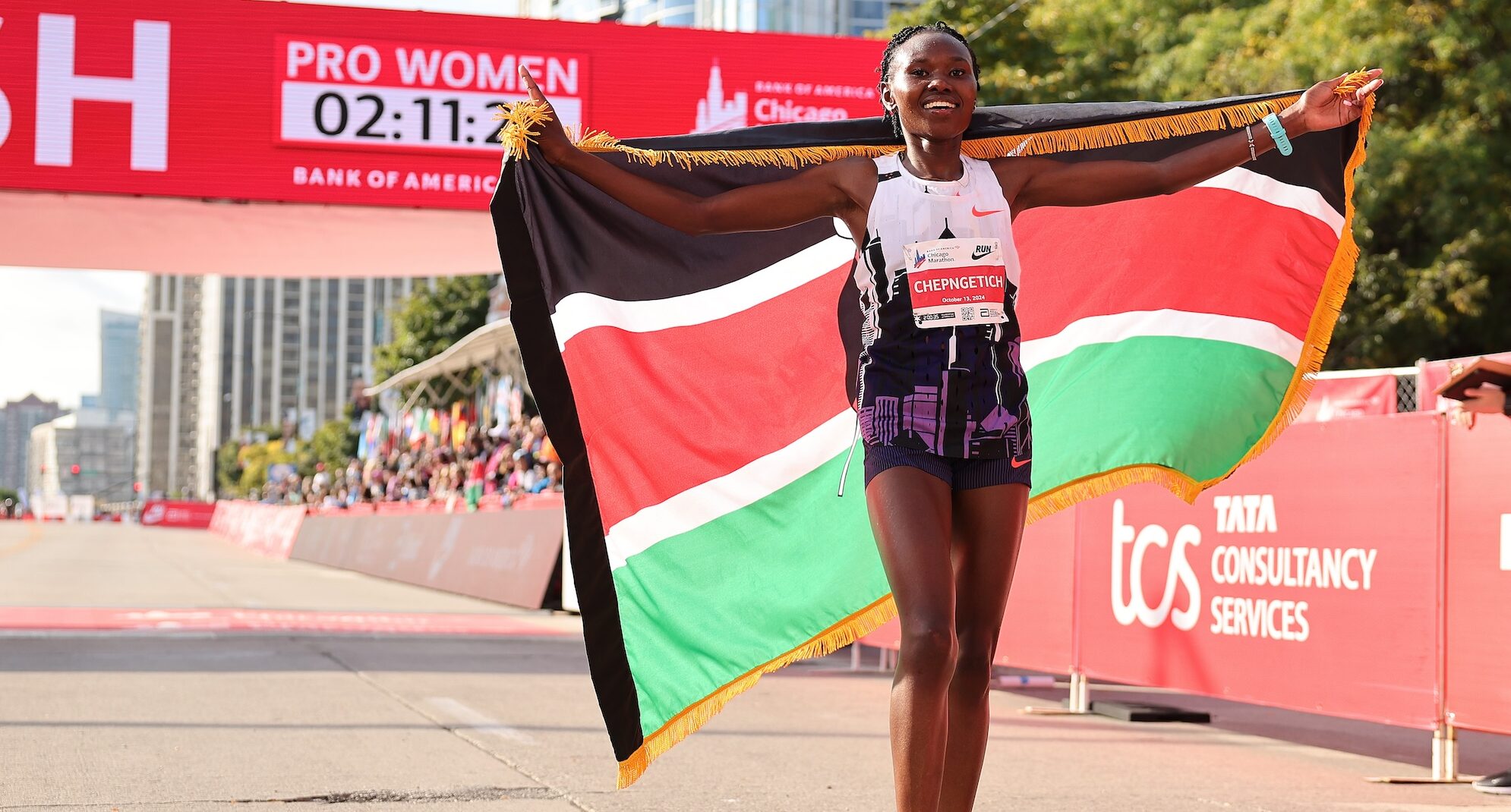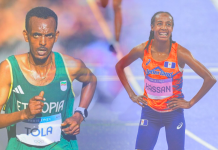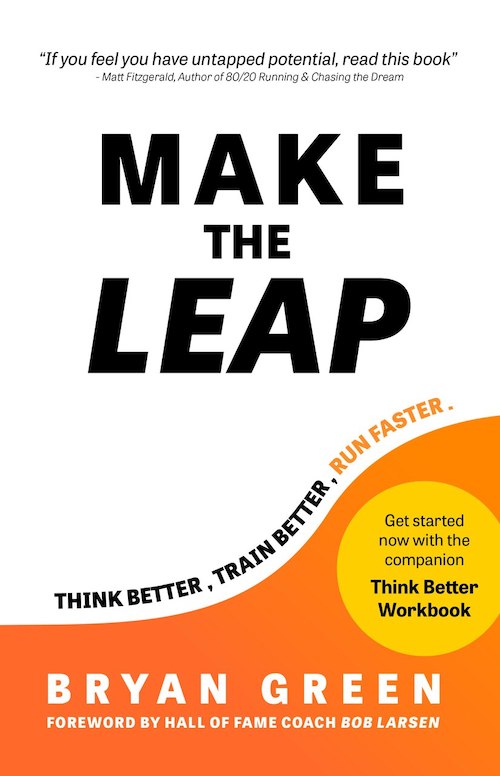As keen observers may have realised, this column recently wondered whether the marathon hadn’t entered a period of transition. A bit of a lull.
Kipchoge and Bekele eclipsed in Paris. Hassan triumphant, certainly but, like Said Aouita in his pomp, probably too fascinated by her own versatility to focus on excelling at one event. Moderate results in Berlin, by the German capital’s previous standards anyway.

So, what happens then? Ruth Chepngetich does. Runs 2:09:56 in Chicago smashing the previous world record which, in its turn, had also smashed the previous world record just a couple of years earlier.
World championship credentials, a slew of previous fast performances most of them notable for going out at world record pace, and a world record half-marathon notwithstanding, Chepngetich’s run ignited a firestorm of commentary, ‘true’ at one end of the spectrum, ‘too good to be true’ at the other with precious little in between.
Regardless of where the truth of the matter lies, clearly your columnist is no Nostradamus. If this represents a lull, you’d hate to see a storm. Still there are some interesting takeaways to explore.
First, on Chepngetich’s take-no-prisoners approach. Last week I pointed to her record in Chicago. Three times previously she had employed a similar approach. In 2021 she went out in 67:34 and crawled home in 75:57, her 2:22:31 still good enough to take the win. The following year was a little better, halves of 65:44 and 68:34 taking her to victory in 2:14:18 (her pre-WR personal best).
In 2023 Chepngetich was faster still at half-way in 65:42, six seconds ahead of Hassan. But Hassan ground her down relentlessly in the second half on the way to a 2:13:44 to 2:15:37 win.
So, the go out hard and hang on tactic was well rehearsed. On Sunday, 13 October, it paid off big-time. Fourth time’s the charm, perhaps.
Chepngetich’s race pattern has been seen plenty of times before. Derek Clayton in his world records, Abebe Bikila in hanging in with Ron Clarke before going on to win the Tokyo 1964 Olympic marathon in world record time, Japan’s Shigeru Soh in trying to break Clayton’s 2:08:34, Steve Jones in defeating Rob De Castella, Carlos Lopes and Djama Robleh in an earlier Chicago marathon are some of the many examples of the tactic.

Although it came in the era of the super shoes and elaborate pacing, mention should be made of Eliud Kipchoge’s 2:01:09 world record in Berlin in 2022 when he went out chasing a record-legal sub-two, splitting half-way in 59:51 and running virtually the whole second half of the race solo.
In the far shorter history of women’s marathon, there was Joan Benoit’s all-the-way win in the first women’s Olympic marathon in Los Angeles in 1984, then her and Ingrid Kristiansen’s unsuccessful attempts in London and Chicago for the first sub-2:20 by a woman. Mary Keitany’s world record 2:17:01 for a women-only race in London in 2017 – like Jones in Chicago she was too quick for the pacemakers, splitting half-way in 66:54 – all races with positive splits, mostly significant positive splits.
And, of course, there remains this writer’s personal favourite. That would be Sammy Wanjiru’s epic run to win the Beijing 2008 men’s marathon, run in hot and sunny conditions with virtually no shade on the course in which Wanjiru, Deriba Merga and Jaouad Gharib raced each other back and forth the whole way before Wanjiru won in a then Olympic record 2:06:32. That was three runners, rather than just one, going out fast and hanging on but, boy, was it memorable.

Pacing lights and pacemakers (when you’ve got the former, should the latter be referred to as wind-breakers?) have changed track distance running. Fans now don’t see many races without one, usually both, these modes of assistance. Then there’s the whole other thing of paced races organised solely to pursue the super-tough qualifying standards for world championships and the Olympic Games.
Ruth Chepngetich’s performance in Chicago two weeks ago was achieved with the benefit of significant pacing assistance too. We have to accept that we may never know whether it also had the benefit of doping. What it did do, however, was provide a rare modern marathon example of blazing out hard, recklessly even, to see how fast you can go.

























